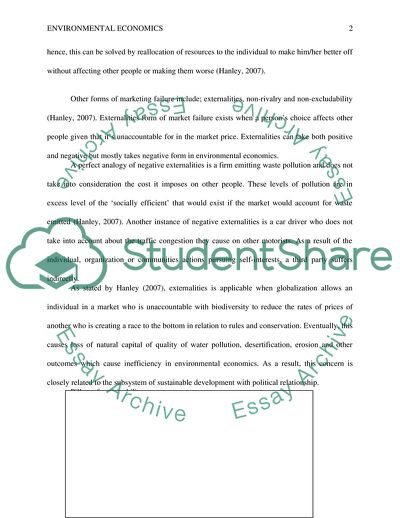Cite this document
(The trade-off: econimic growth and climate change Essay, n.d.)
The trade-off: econimic growth and climate change Essay. https://studentshare.org/macro-microeconomics/1847879-the-trade-off-econimic-growth-and-climate-change
The trade-off: econimic growth and climate change Essay. https://studentshare.org/macro-microeconomics/1847879-the-trade-off-econimic-growth-and-climate-change
(The Trade-Off: Econimic Growth and Climate Change Essay)
The Trade-Off: Econimic Growth and Climate Change Essay. https://studentshare.org/macro-microeconomics/1847879-the-trade-off-econimic-growth-and-climate-change.
The Trade-Off: Econimic Growth and Climate Change Essay. https://studentshare.org/macro-microeconomics/1847879-the-trade-off-econimic-growth-and-climate-change.
“The Trade-Off: Econimic Growth and Climate Change Essay”. https://studentshare.org/macro-microeconomics/1847879-the-trade-off-econimic-growth-and-climate-change.


